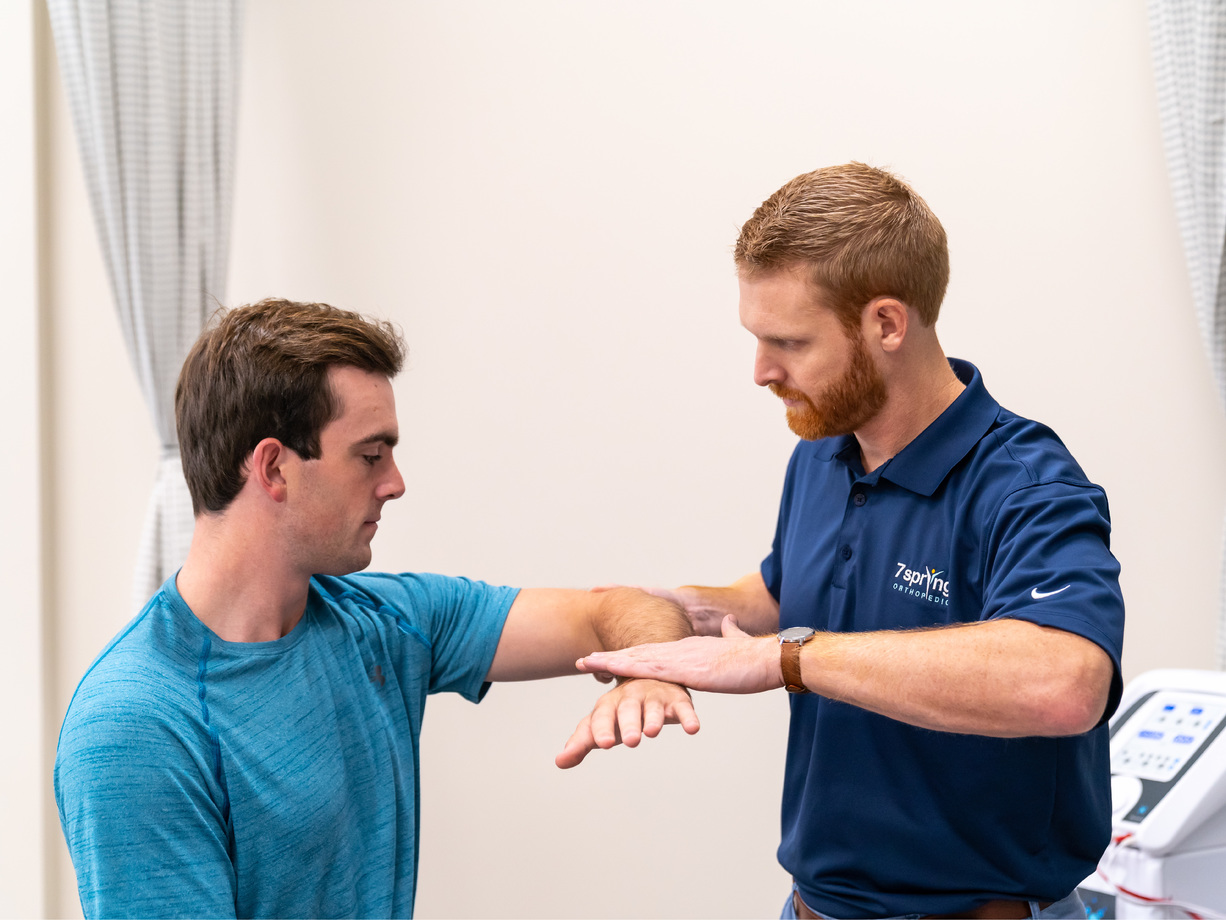Shoulder Impingement Exercises: How To Resolve And Prevent Shoulder Pain
The shoulder is possibly the most mobile joint in the entire body. This creates immense functionality as we use our arms in multiple ways every day. However, due to the significant mobility of the shoulder, the downfall is that it can be one of the easiest body parts to injure.
What is shoulder impingement?
Shoulder impingement is the first stage of rotator cuff pathology that can range anywhere from impingement and bursitis all the way through rotator cuff tears to rotator cuff arthropathy. It is the most common cause of shoulder pain and results from compression of the rotator cuff between the humerus and the acromion coming off the scapula and acromioclavicular joint.
With this condition, rest from your activity is extremely important before this condition leads to a tear of the rotator cuff. However, strengthening and increasing the mobility of the shoulder joint is a vital step to recovery from shoulder impingement and prevent reoccurrence.
Below are three important exercises to resolve and prevent shoulder impingement.
1. Superior Trapezius Smash
This exercises increases the mobility of the scapular around the joint. Take a small ball, such as a lacrosse ball, lie on your back and place the ball on your back between the spine and scapula somewhere in the middle of your trapezius. Bridge up and place weight on the ball. With your arm, attempt to move it above your head attempting to touch the ground with your thumb. Do this for a minute on each shoulder.
2. Deadhang
This exercise decreases pain in the overhead position (which is the most painful position for an impinged shoulder) and provides traction relieving tension from the joint. You can use a pull-up bar at home or something overhead that you can hang your bodyweight slightly from. With one arm, palm forward grab the bar and hang for approximately 20 seconds on each side. No need to be at a dead hang here, feel free to use your feet on the ground to take a lot of the weight of your shoulders. Then move to one arm on each side with your palm facing you for 20 seconds. Finally, use both arms at the same time for about 20 seconds.
3. External Band Rotation
This exercise increases the strength of the rotation of the shoulder and stabilizes the shoulder. You can take a bungee cord or a theraband and place it between two objects. You can use two door handles here or two chairs could even work here. Try to create some resistance between the two ends. Then grab the band palm down, and try to rotate your arm until your thumb is up against the resistance. Do approximately 20 rotations on each arm.
Road to Recovery
There you have it! These are three exercises that can start you down your road to recovery from your shoulder pain. It’s just as important to continue to mobilize and strengthen the shoulder even after recovery to prevent any reoccurrence.
– Written by Kevin Groh, PA-C, MSPAS
Share
